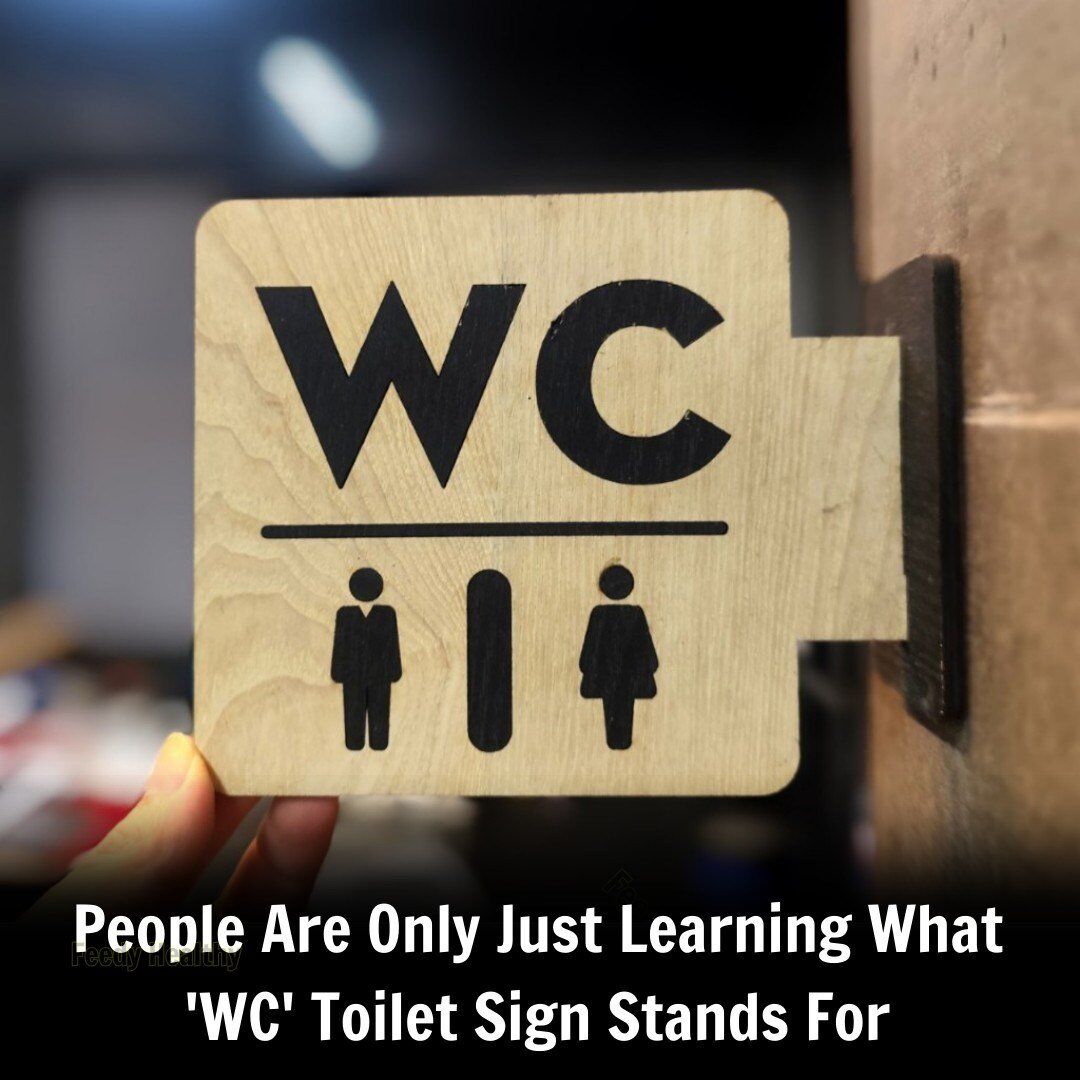Have you ever walked past a public restroom and noticed the letters WC on the sign? If you’ve ever paused for a moment and wondered, What on earth does WC stand for?, you’re definitely not alone. This little abbreviation has sparked curiosity and confusion among travelers, locals, and bathroom-goers alike. It’s not just an American mystery—it’s a global one. So, let’s dive into the history and meaning behind those two simple letters.

In today’s world, the room with a toilet goes by many names depending on where you are. Some people call it the bathroom, others the restroom, washroom, loo, lavatory, or WC. While the names vary, the purpose remains the same. But why are there so many names for one room, and what exactly does WC mean?
The term WC stands for Water Closet. According to Merriam-Webster’s Dictionary, a water closet refers to “a small room or compartment with a toilet” or simply “the toilet bowl and accompanying fixtures.” While it might sound formal or outdated to modern ears, the term has an interesting backstory rooted in history.
Before the 19th century, indoor plumbing was rare, and most people relied on outdoor facilities like outhouses. Only the wealthiest households could afford an indoor toilet, and even then, it was often kept separate from bathing areas. The term water closet emerged in the late 1800s when early flush toilets became more common in wealthier homes. These toilets were typically placed in small, private rooms—essentially closets—with a water source for flushing. Hence, the term Water Closet was born.
But why is WC still in use today, especially in places like airports, restaurants, and hotels? It turns out, the abbreviation has stuck around because of its universal recognition. In a world where people from different countries and cultures cross paths every day, WC is a kind of shorthand that transcends language barriers. If you see WC on a sign, whether you’re in Europe, Asia, or even parts of North America, you instantly know you’ve found a bathroom.
@hullsome Basically every country uses WC to mark a bathroom. I didn’t know what WC meant for the LONGEST TIME. Talk about a conundrum, make sure you have some spare change too! #Bathroom #WC #America #American #European #Europe #Restroom #WaterCloset ♬ Hell To Da Naw Naw Naw – Bishop Bullwinkle
In contrast, the terms bathroom and restroom are far more common in the United States. But even these words come with their own peculiarities. After all, how often are people actually bathing in a public bathroom? And who’s really resting in a restroom? These terms have become cultural staples, but they don’t always make logical sense. A viral TikTok video from 2020 hilariously highlighted this point. In the video, a man named Dylan jokes about a sign that says “washroom.” Confused, he quips, “What are they washing in there? The only thing I ever wash is my hands!” His wife, Shelby, off-camera, adds, “Well, do you rest in a restroom?” The irony isn’t lost on anyone, and it’s clear that the names we give these rooms are more about cultural norms than literal meanings.
When it comes to naming these essential spaces, geography plays a huge role. In Canada, for example, washroom is the preferred term, while in the UK, people often say loo. Australians lean towards toilet, and across Europe, you’ll find WC signs almost everywhere. Meanwhile, in the United States, bathroom and restroom reign supreme, though regional differences exist. In the Midwest, for example, some people use washroom, while others stick to restroom in public settings and bathroom at home.
But why all these different terms? The answer lies in history, culture, and a dash of politeness. Words like restroom and washroom were adopted in the United States because they sounded more refined and socially acceptable than the blunt word toilet. In contrast, WC remains popular in many countries because of its neutrality and clear, functional meaning.
Interestingly, even Reddit users have weighed in on the debate. In a thread discussing the term WC, one user pointed out the irony: “Americans might similarly ask: ‘Why is it called a WC (water closet) if it isn’t even a closet?’” Another commenter chimed in with cultural observations: “In Canada, they often say washroom, but in the US, restroom or bathroom is the standard.”
This conversation reveals how language evolves to suit cultural expectations. In Russia, some people refer to the bathroom as “a room without windows” (even if it has one). In Esperanto, it’s called necesejo, which translates to “necessary place.” These names all serve the same purpose but reflect different cultural attitudes toward something we all need—a clean, private place to take care of business.
At the end of the day, whether you call it a bathroom, restroom, washroom, loo, or WC, the function remains the same. It’s a universal necessity, even if the words we use to describe it are anything but consistent. So next time you see a WC sign, you’ll know you’re looking at a little piece of history—a remnant from a time when indoor plumbing was a luxury, not a given.
Now it’s your turn: what do you call this essential room in your day-to-day life? Bathroom? Restroom? Washroom? Or are you team WC? Share your thoughts, and let’s keep this conversation flowing—just like the water in a properly functioning water closet!





